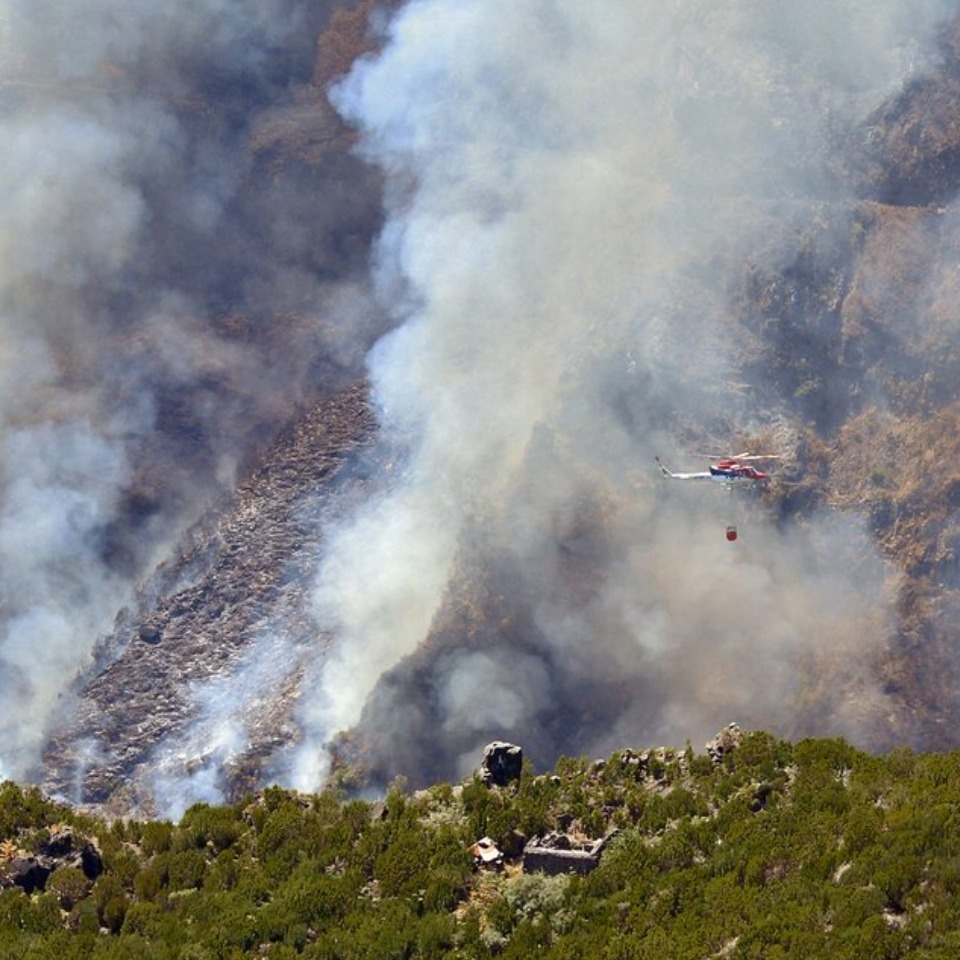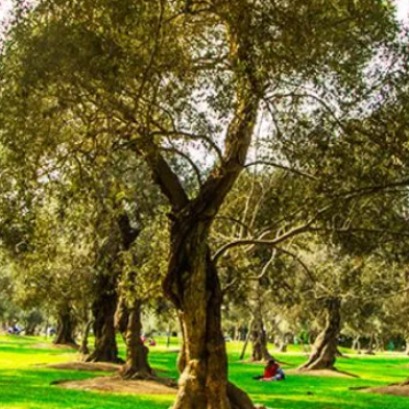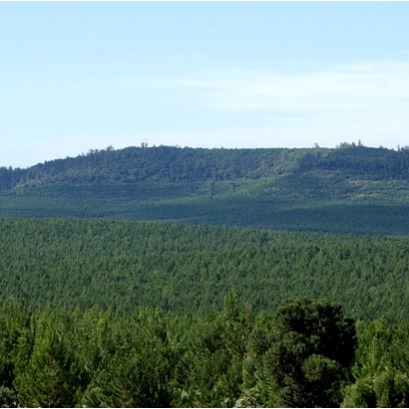
14 % of Madeiras forests have burned by fire, which has already reached laurisilva
The environmental damage that is causing the fire that burns since August 14 on the island of Madeira (Portugal), the largest of the homonymous archipelago, is significant, because it has burned 14 % of its forests and has already reached the Laurisilva, Unesco World Heritage. This was stated by the president of the Ecologist Group Quecus Madeira, Elsa Araújo, in statements to EFE by telephone, in which she stressed that the flames have reached areas that are part of the Natura 2000 Network, created to protect rare species, threats or vulnerable of the European Union
Araújo explained that the fire is on the rust peak, the third highest mountain in Portugal, and the Das Torres peak, destroying priority habitats with unique species, and is descending down the slopes in the direction of Laurisilva, a typical wet forest of the region, which constitutes an important protected area. Laurisilva has subtropical characteristics and its origin dates back to the tertiary period (initiated 66 million years ago). It houses great biodiversity with native species and was registered in the World Heritage List in 1999.araújo stressed that, for her, as an environmentalist, the main damage is the loss of an entire indigenous native vegetation that has been destroyed, as well as the fauna. I am talking about birds that have been reached by fire, and even goats, he said. to climate change, which is causing less and less to rain and the temperatures are higher. The president of Quercus Madeira accused the authorities of irresponsibility not only at the prevention level, but also because of the fact that the island only disposes From a single aerial medium to combat fires and few firefighters. We have defended for years that around the intensive areas, specifically the areas of the Natura 2000 Net , so that if there is a fire, I cannot progress towards protected areas such as laurisilva and central mountainous massif, where priority habitats are found, he added. Pico de Arieiro, which caused significant damage due to the extinction of a kind of plant, La Sorveira (Sorbus timerensis), which only existed at great altitude in its natural habitat.
IT MAY INTEREST YOU
 Nation reinforces prevention and training against forest fires
Nation reinforces prevention and training against forest fires
The director of the Federal Emergency Agency (AFE), Santiago Hardie, referred to the support that the Nation provides in fighting fires. He argued that the majority of igneous sources respond to human interventions and that, therefore, social awareness is a central tool to reduce environmental, material and human damage.
 The city in South America that breathes thanks to a thousand olive trees planted in the 17th century
The city in South America that breathes thanks to a thousand olive trees planted in the 17th century
In the heart of South America there is a city that, among the noise and concrete, still breathes thanks to an olive forest
 Free seminar on the implementation of the European EUDR regulation on deforestation-free wood products
Free seminar on the implementation of the European EUDR regulation on deforestation-free wood products
The Argentine Forestry Association (AFoA) organizes the seminar «EUDR in Forest Products: Current status of implementation. Regulatory requirements and private experiences", which will take place on Wednesday, November 26, from 11:00 a.m. to 12:00 p.m., via Zoom, with live streaming on YouTube. The European Regulation on Deforestation-Free Products (EUDR) will enter into force on December 31, 2025 and will impose new requirements for forest products entering the European Union market.





















